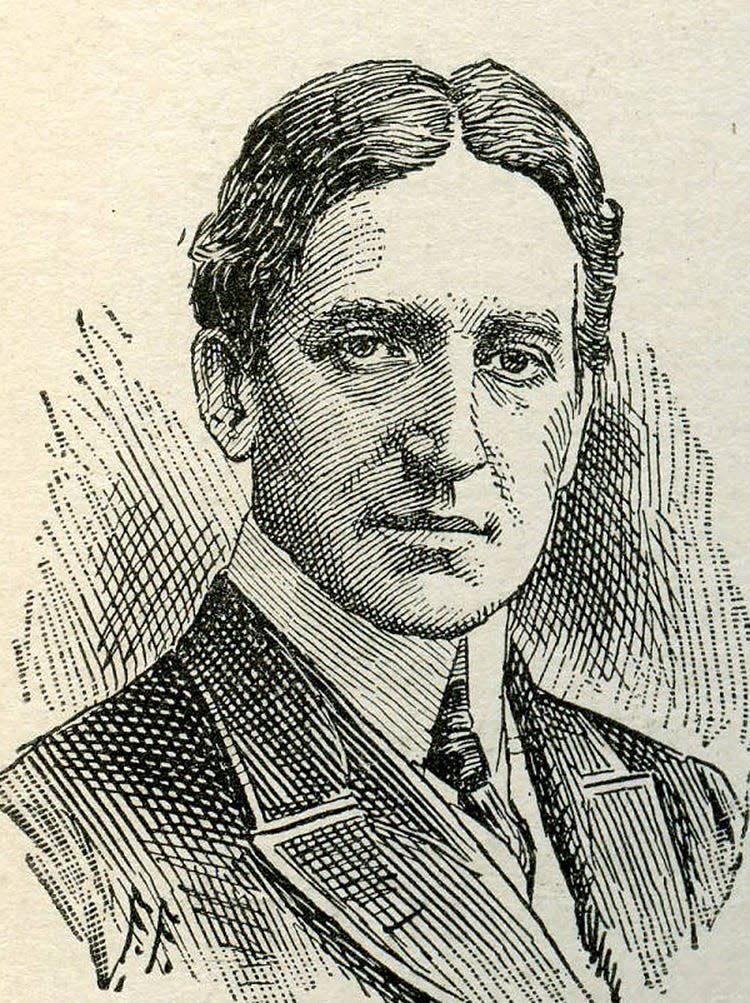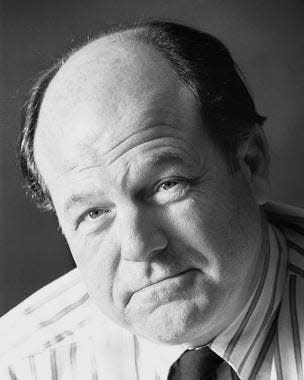Columbus magician Thurston's Roaring ’20s act had women levitating, vanishing

It is interesting to note that one of the greatest magicians in American history — if not our greatest prestidigitator — did not come from one of our great cities or from inherited wealth and favor.
He was a common kind of kid from Columbus, Ohio, and Howard Thurston’s story is worth retelling.

Like many in his chosen profession, some elements of Thurston’s story are not well recorded. But the basic parts of his history are well known and compose a remarkable story of energy and determination leading to professional success.
Compatriots like Harry Houdini are better remembered today. Perhaps that is because Houdini was brash enough to escape from chains under a windswept bridge or from a glass tank full of water.
Thurston, on the other hand, stood on stage in a tuxedo and levitated ladies while doing simply astonishing card tricks. It was a matter more of style than substance. And Thurston’s style brought people back to his programs time after time. By the Roaring ’20s after World War I, he was arguably the best-known magician in the world.
It took him about 30 years to get there, though.
Lentz column:James B. Gardiner was a journalist, joker, tavern owner in Columbus
Thurston was born in Columbus on July 20, 1869. Columbus at that moment was a city on the verge of extremely rapid growth. A town of 18,000 in 1860, Columbus had served as a major mobilization and training center during the Civil War. By 1869, Columbus was a commercial hub as well as a capital city of more than 30,000 residents.
Thurston’s father had served briefly in the Civil War on the Union side and made a good living as a wheelwright and carriage maker. His mother was a farm girl from rural Ohio who had become a housewife in the capital city. Howard Thurston had a turbulent childhood, but along the way, at the age of 7, had seen his first magic show when the nationally famous Alexander Hermann, the “King of Magic,” came to Columbus.
Leaving home at a young age, Thurston studied religion for a time in Massachusetts, but he soon decided that his future lay more with magic than ministry. By 1893, he had joined a traveling show, working his way west, doing card tricks and other magic. This was followed by a successful European vaudeville tour and led to an opening in New York sponsored by theatrical promoter Tony Pastor.
Thurston used the money he had earned in Europe and America to expand the scope and reach of his magical program. He began to be well known for a show that regularly changed and included levitating attractive young women who would “float” above the footlights before vanishing completely.
Thurston’s show became quite large and by 1900 included 20 associates and seven boxcars full of equipment and supplies. Thurston traveled to Europe and Asia, meeting with kings and queens and with common folk. But he never forgot where he had begun and returned to Columbus on numerous occasions.
Of all his tricks and illusions, his most famous was arguably the “rising card trick.” He would walk among his audience, asking people to pick a card from the deck and remember it. Shuffling the deck, he would ask in his stage baritone for the name of cards that were chosen. He then would reveal them as having risen to the top of the deck.
By 1908, Thurston had returned to America, prepared to challenge the fame of Harry Keller, then the country’s most famous magician. Thurston and Keller worked together on several shows, and Keller eventually passed his cape and legacy on to Thurston.
Thurston became one of America’s best-known performers in the 1920s. But he soon found, as did most of the people working in vaudeville, that it was difficult for live performers and their expensive accoutrements to compete with a few reels of film featuring Douglas Fairbanks, Mary Pickford or Charlie Chaplin.
Thurston decided that if he couldn’t defeat them, he’d join them. In 1931, he established a new show that included a live performance and a motion picture — in short, magic and a movie. The challenge became the schedule, and Thurston was performing four shows a day rather than 10 shows per week.
It was an exhausting schedule, and his associates urged him to slow down and let others carry some of the show. Thurston ignored the advice and continued to work. In 1935, he suffered a stroke during a performance in Charleston, West Virginia. Returning to work, he suffered a second stroke on March 30, 1936, and died at his home in Florida on April 14, 1936.
He was returned to Columbus for the last time and buried in the Green Lawn Abbey mausoleum south of the city near but not related to Green Lawn Cemetery. Several of his books of magic tricks and other illusions are still in print or available for sale as used books. To the magician in any or all of us, they are worth a look.
Local historian and author Ed Lentz writes the As It Were column for ThisWeek Community News and The Columbus Dispatch.
This article originally appeared on The Columbus Dispatch: Columbus magician Howard Thurston could make ladies 'float,' vanish

